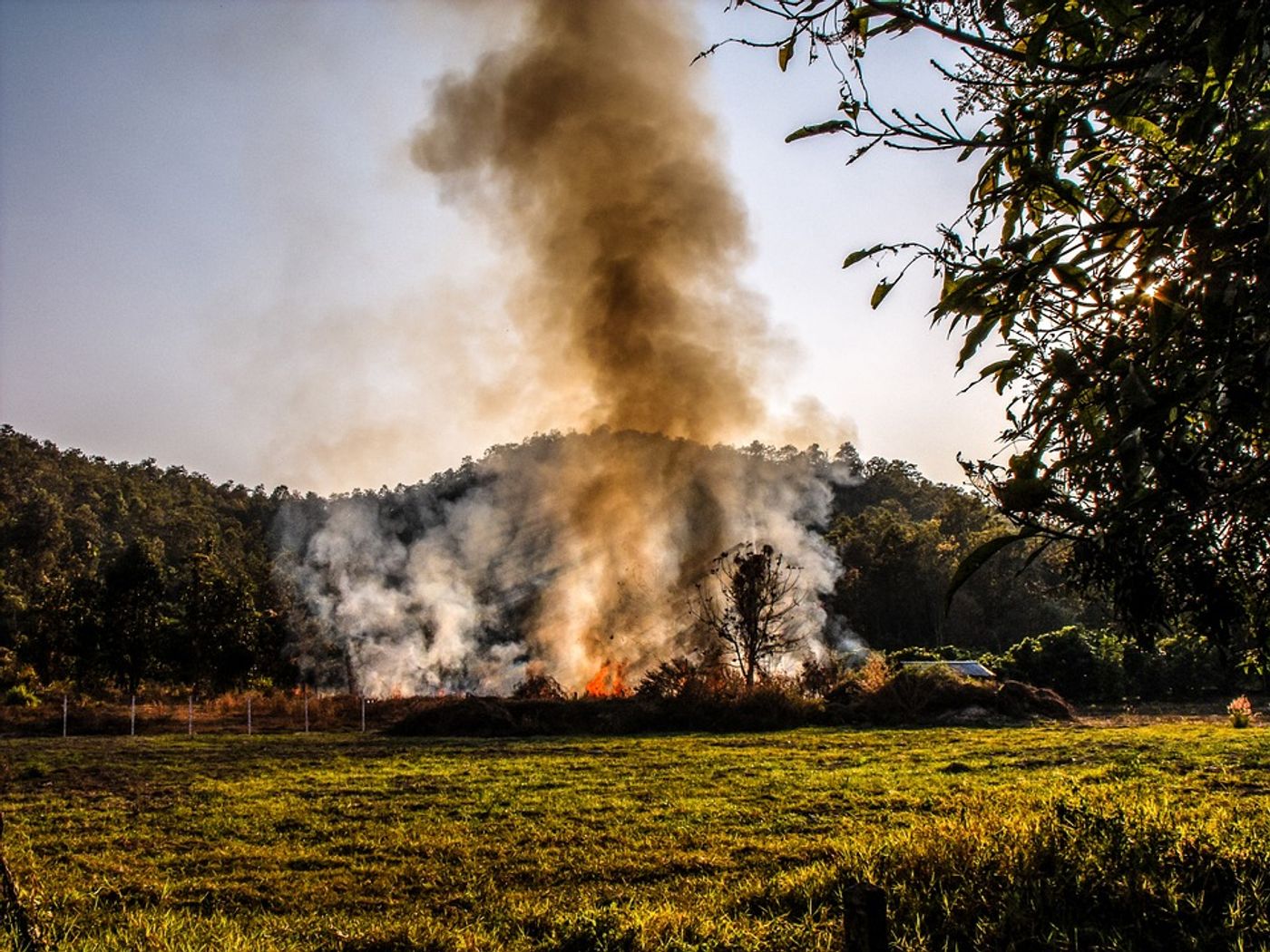Invasive grasses act as fire starters
We know that invasive species cause myriad problems in ecosystems including predator-prey relations, pest management, habitat degradation, etc. But new research from ecologists at the University of Massachusetts Amherst and the University of Colorado-Boulder concludes that certain species of invasive grasses are also causing problems in the form of increased wildfires.
The study, published recently in Proceedings of the National Academy of Sciences, showcases a national-scale pyrogeographic analysis of non-native and invasive grasses in the US. It finds that seven non-native grasses, previously unidentified as firestarters, as much as double and triple the risk of wildfires in certain regions. Those seven species are in addition to the already well-documented invasive firestarter species, cheatgrass.
Lead author Emily Fusco says the scariest part of the phenomenon is that it wasn’t geographically isolated. "In the southeast pine systems, there is cogon grass, while in the desert southwest there is buffelgrass. In eastern temperate forests, we have japanese stiltgrass, and in the Great Basin, we have medusahead. These regions are all ecologically distinct, and these grasses seem to be impacting fire in all of them."
Along with fellow colleagues, Fusco analyzed how invasive grasses impact fire occurrence, size and frequency within the lower continental US. To figure out which grasses were potential firestarters, they used data from the Invasive Plant Atlas of the U.S., as well as from the Fire Effects Information System to map wildfire occurrence, size and frequency.
Of the 12 invasive grasses which they pinpointed as potential firestarters, eight checked out – meaning, their presence in certain regions correlated with an increased frequency of fires. The occurrence of fires varied depending on the species, but with Common Mediterranean grass (Schismus barbatus), for example, it more than tripled.
Senior author associate professor Bethany Bradley says, "This work shows that invasive species are one of the 'big three' ways that people are changing fire regimes -- climate change more than doubles the likelihood of fire, human ignitions triple the fire season and now we can add invasive species fueling fires."
Although this leaves a sour taste in any environmentally-conscious person’s mouth, this knowledge also provides us with another management angle: curbing invasive grasses could help curb wildfires. Fusco explains, "I think one of the most important messages is that in the places affected, fire management and invasive species management need to be done together, and where these managers are distinct groups, they would benefit from closer collaboration. And, looking at future fire risk modeling, we should definitely be including invasive grasses, and their likely spread, in the mix."
Humans aid in the spread of invasive species in several ways. Some species act as hitchhiker seeds and can be transported in hay or other plants while some species are grown deliberately for forage of ornamentation.
Sources: Science Daily, PNAS









